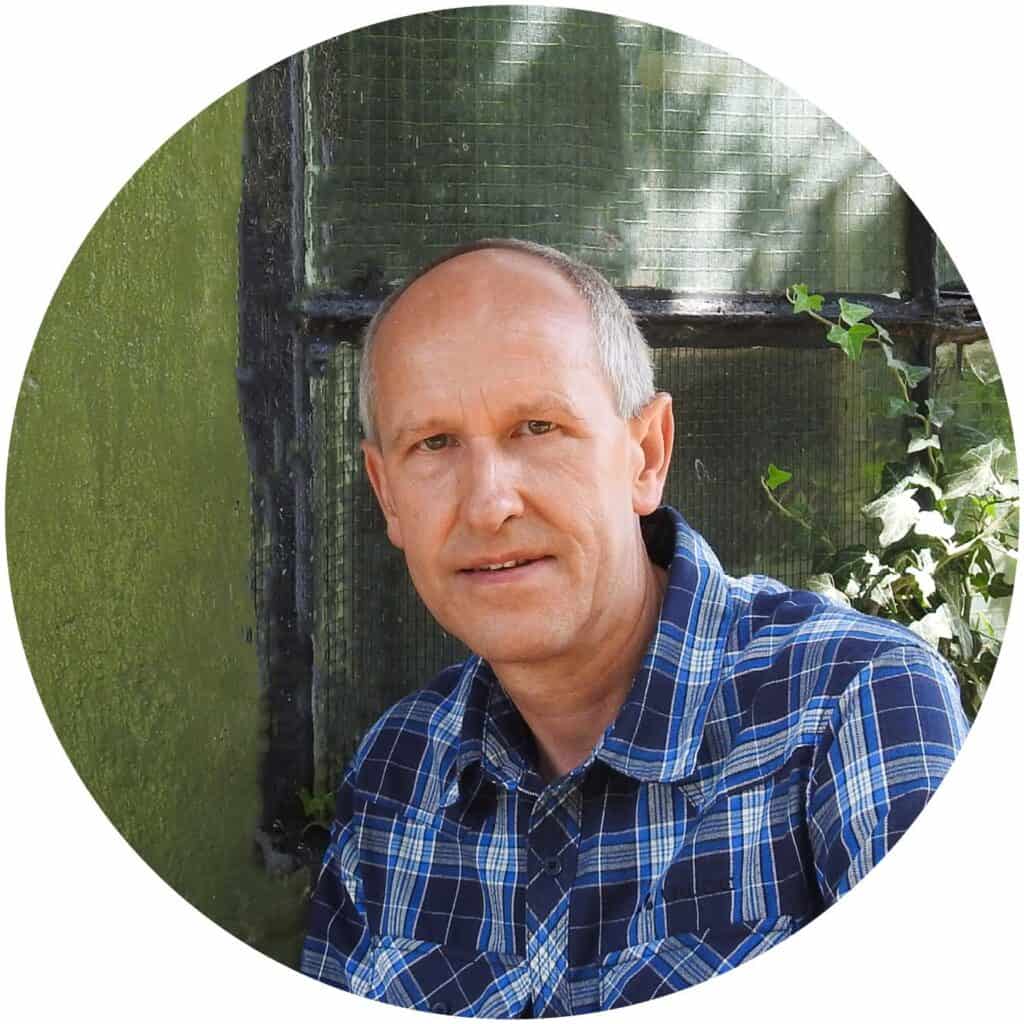17.05.2022 Download als PDF
Redefining success – focusing on strengths
Self-knowledge then and now
Bernhard Mikoleit
A man who had not seen Mr. K. for a long time greeted him with the words: ‹You haven’t changed a bit.› ‹Oh!› said Mr. K. and turned pale. – Berthold Brecht
A perpetual challenge
Brecht published his parables in 1948. To Eva Jaeggi, they convey an ambition in that politically diverse and socially changing time. According to her, staying the same contradicted the demands for flexibility and creativity in those days. People had to change, re-invent themselves, and make sensible use of their experience in order to develop a new self. As far as this notion is concerned, nothing much seems to have changed. But what exactly would Mr. K have had to do to meet the challenge of having to grow and to change 74 years ago? And what would his challenge look like today?
The archaeological model
Following the then dominating psychoanalytical teachings, Mr. K. would probably have had his self explained to him as a defined “island” that was regulated from within, by subconscious, instinctive-like forces, such as urges, that would have had to be brought to his mind and subdued. Sigmund Freud, at least, would have looked at it this way. The subconscious would have been understood as a “subsurface” mechanism, as Robert Stolorow explained, and as an intrapsychic vessel of all the things an individual cannot bear. Had Mr. K. wished to find out more about his self, a challenging inward quest, a quest into the depths, would have been the preferred way to go. Freud even created an interesting metaphor for the process, calling it an “archaeological model”.
A new paradigm
Since then, psychoanalytical psychology has questioned that understanding of the subconscious. In our contemporary perception, individuals are not threatened by dark desires, but motivated to grow and evolve by intrinsic tendencies. Identity formation, according to Heiner Keupp, has become the balancing out of a subjective “inside” with a social “outside”. Scientists, including Stephen Mitchell or Jessica Benjamin, concluded that forming an identity was not just an act, human beings negotiate with themselves. They found that identity was formed to a large extent in the interaction with others. And that identity was surprisingly capable of development.
The relational or intersubjective school of psychoanalysis
In psychology, this approach is described as intersubjective or relational school of psychoanalysis. Depending on which professional roles, role(s) in a family or in other relationships Mr. K. would find himself in, new facets of his personality would begin to show – or even just to emerge! Correlative behaviour is primarily determined by subconscious aspects of interacting personalities. The product of such correlative action represents something new that can be looked at and interpreted by the parties.
The subconscious surfaces
Whatever knowledge is gained through such action, however, is not something that has been there before, that was buried and has now been brought to light. The meaning of subconscious experience is not discovered, but created or constructed by means of language. Partners in a dialogue have a fascinating role in this, as they enable experiences that are relevant to the self-worth.
Depending on the goal, a challenging inward quest can no doubt still be appropriate and important even today. However, particularly with regard to psychological everyday topics, the process of choosing a career, for instance, the new paradigm offers exciting options and great opportunities.
You found this article interesting? Subscribe to our newsletter now and never miss an article!
Unpublished form
A self-portrait of the author Bernhard Mikoleit
In self-portraits, our authors offer insights into their way of thinking and life experiences. Their profiles will assist you in classifying their contributions and views.
